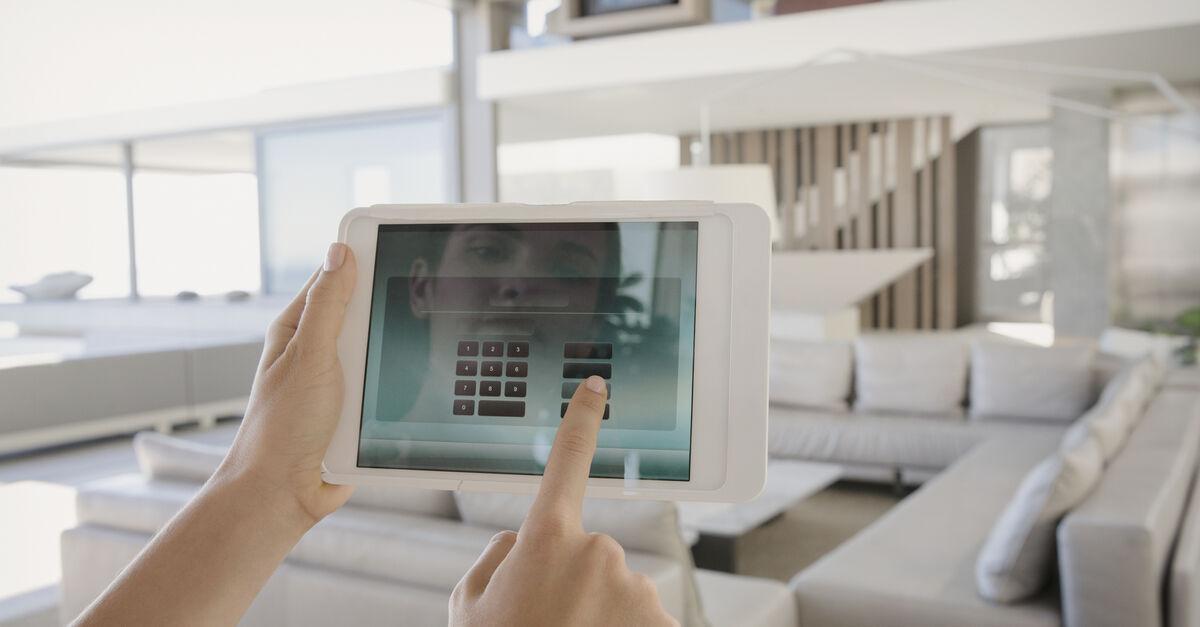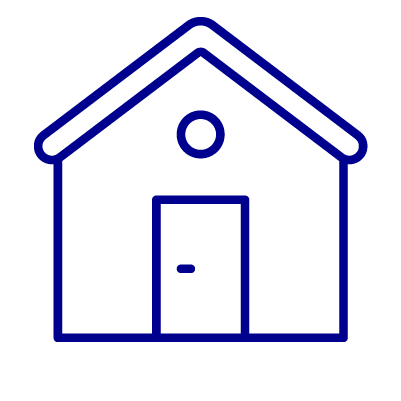When will everyone be living connected?
Imagine you are going on holiday. Even before you cross the border, you wonder whether the alarm is on at home and you worry that your roof will leak during the forecast summer storm. No need to worry, because your home is smart and therefore safe. But how far is the connected home concept really? And which players are taking the cake?

Consumers are willing to pay extra for additional services after purchasing connected home devices.
Research shows (study Gfk) that 71% of consumers find it an interesting idea to have the lights turn off as soon as you leave the home, that the boiler shows when it needs maintenance and the refrigerator gives a warning that chicken fillets are reaching the best-by date. Or how about a coffee machine that makes your espresso stronger in the morning when your mattress has been monitoring a bad night? Thanks to all kinds of smart sensors in our home, we can live more comfortably, securer and cheaper. But are we really doing that? And what is still holding us back?
What really appeals to the consumer?
The four biggest drivers for purchasing smart home devices are: (from the report 'Smart home, seamless life' from PWC's Consumer Intelligence Series.)
1. Cost savings
Cost savings
2. Security
Security
3. Comfort
4. Control
Control
What is holding consumers back?
The cost of a connected home remains an issue for many people. Research shows that, 42% think, above all, that it should be affordable. On the other hand, after a purchase, consumers are willing to pay extra for additional services and features, such as extra security options, (insurance) discounts, data analysis (e.g. comparison with the neighbours) and personalized service such as a local plumber who will come and repair a detected leak in the pipes.
Another factor is that the consumer still has the image of the 'old' home automation in mind and is simply not familiar with the possibilities of the connected home of today. They remain so until they realize that their internet-connected alarm system or their smart thermostat are in fact smart home applications.
Raising consumer awareness about the benefits of a connected home remains particularly important at this stage of adoption. For example, people over fifty believe that connected home can be valuable for living comfortably and safely in their home in later life, but they do not see how that can actually work. The price is less of an obstacle for this target group.
According to Delta, there are five reasons why telecom businesses are betting on the connected home:

They have financial clout.

Their basic competence - connectivity - is perfectly applicable to the connected home market.

Telecom businesses have a wide customer base and the connected home contributes to customer retention.

They are used to working in consumer houses, and they have the installer network to handle it.
Which players are eating the connectivity cake?
Energy providers, telecom businesses, security firms, technology giants and insurers all see added value in the connected home. Energy providers traditionally focus on smart thermostats, but according to consultant Delta Energy & Environment (Delta-ee) they are looking hard for an even more interesting connected home proposition. In terms of smart home security, security firms, (online) retailers and telecom businesses are sharing the cake. The latter are seeing profit margins on their traditional broadband, TV, telephony and wireless business shrinking and are looking for new sources of income.
A business model for technology companies
Last but not least, technology companies cannot be ignored in the connected home market. Players such as Apple, Google, Samsung and Amazon see the connected home as a new way to strengthen their core business. Through Google Home, for example, the firm can easily guide people to Google Search and collect even more data for target marketing. The voice-controlled home assistant Amazon Echo makes it super easy for consumers to order from the Amazon store. This example also shows that consumers find it appealing to be able to control things in their home with their voice. Is control through a traditional app already a thing of the past?
According to the PWC study, when we listen to the consumer voice, he or she relies most on technology and internet companies as a supplier of his connected home devices (33%), closely followed by security firms (32%). Home insurers enjoy the confidence of 23% of the respondents. Are you curious about how the market will evolve going forward?


